What you always wanted to know about getting people to share 1st party data with your brand.
First party data is the holy grail of post-GDPR marketing. Brands need 1st party data to personalize customer experiences, to retarget hand raisers, to predict future behavior trends and needs. And most of all to establish a direct relationship with customers.
It is also the most reliable consumer data, the least expensive consumer data (compared to 2nd or 3rd party data) and it might soon be the only available consumer data, thanks to the impending death of cookies.
Brands have to create an interesting value exchange to get people to share information with them. Think of it as how you’d start any good conversation or relationship: How do you get a stranger (or prospect) you are interested in (because they fit your audience aspirations) to talk to you and eventually give you their phone number or email&nsbp;address?
In the human-to-human world that could happen, for example, by starting to talk about something they can relate to and inviting them to a coffee, lunch or dinner for a follow up. The value exchange here is a phone number for anything from an inspiring thought, to a cup of warm caffeine, to surf and&nsbp;turf.
The brand-to-human world is not so&nsbp;different.
But too often brands default to monetary incentives like discounts or giveaways when trying to get people to interact with them. A generic discount in exchange for a phone number isn’t the best start to a lasting relationship, though, is&nsbp;it?
At Iris we think a lot about value exchange. It is the secret ingredient that turns a brand into a Participation Brand.
And we strongly believe that being a participation brand is the best approach for successful marketing in a world of interaction, distributed power and micro networks (more on that here).
The latest wave of our Participation Brand Index study gives some rare insights into the brand qualities that may trigger those participatory consumer actions, that we are so passionately looking for as marketers. And making people comfortable sharing their data is one of those qualities.
Here are some of the Participation Brand Index study’s findings on how to trigger data sharing:
Just what as you’d try to do when connecting with another person.
When applied to building customer relationships, the brand qualities that correspond with willingness to share personal data at a reliable correlation coefficient of 0.43-0.49 (on a scale of -1 to +1) are those that do the following:
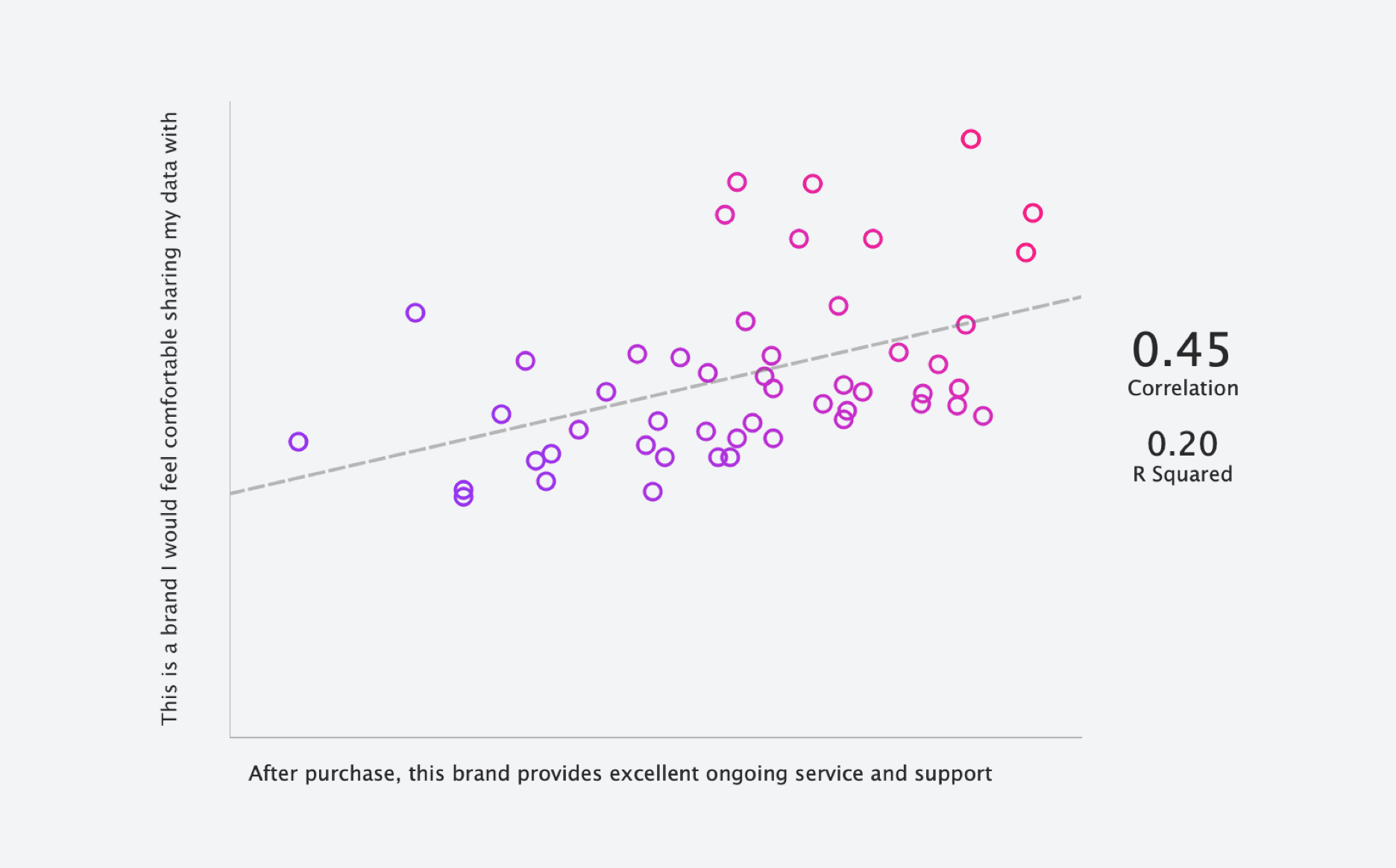
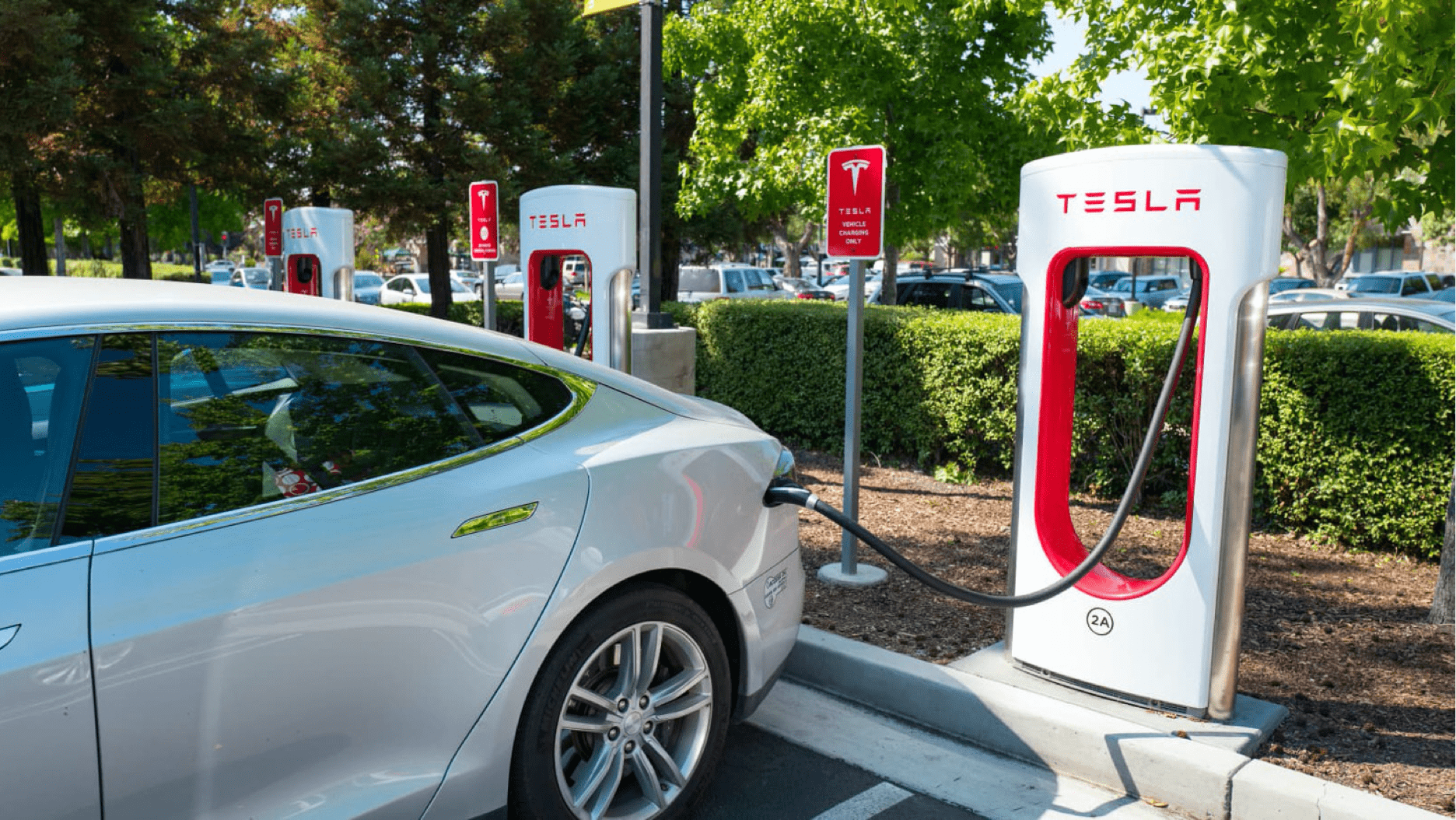
Tesla (1.02) scores high on exceptional post purchase service by making key touch points of the owner experience (route planning, charging, software upgrades) a brand experience.
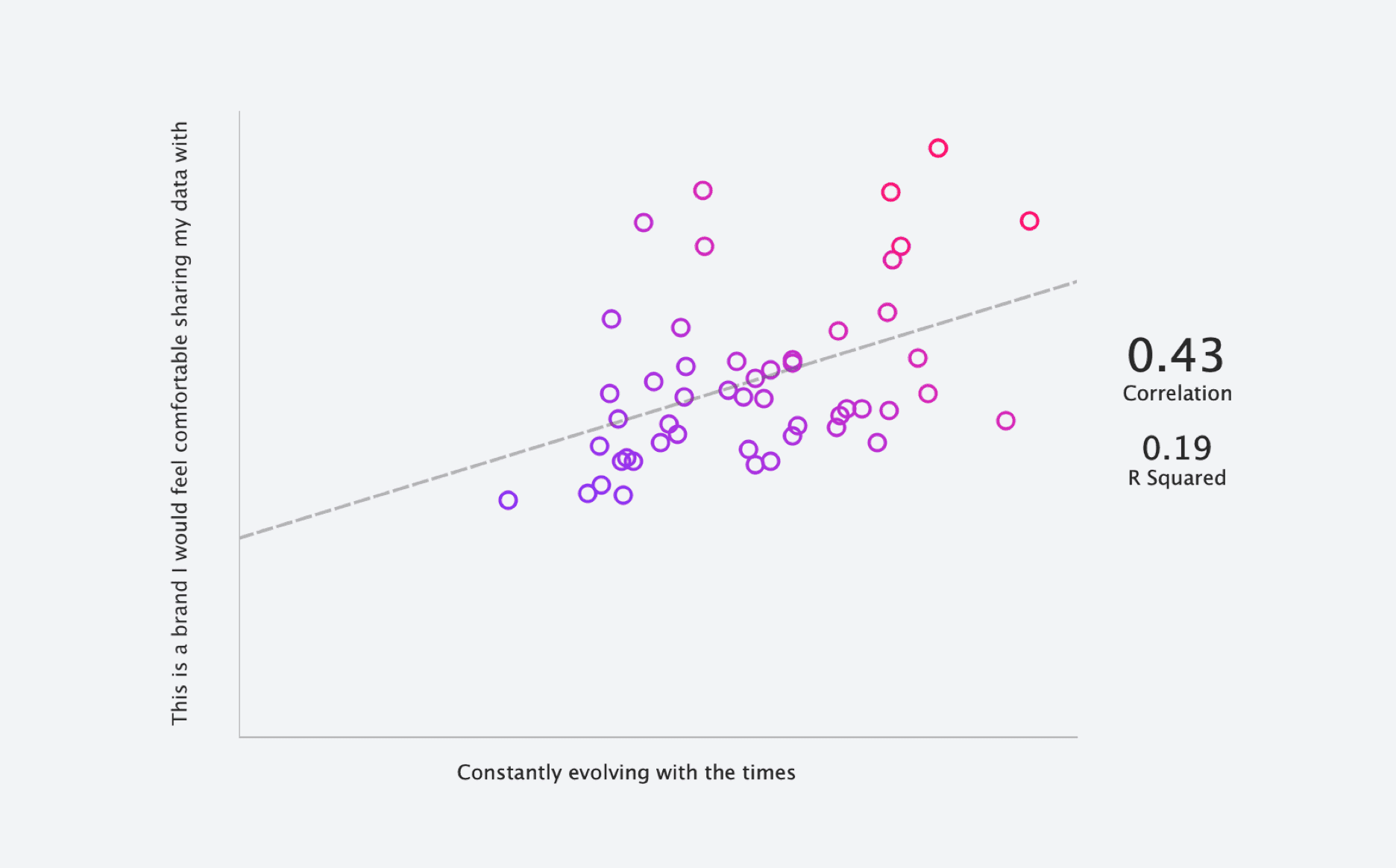
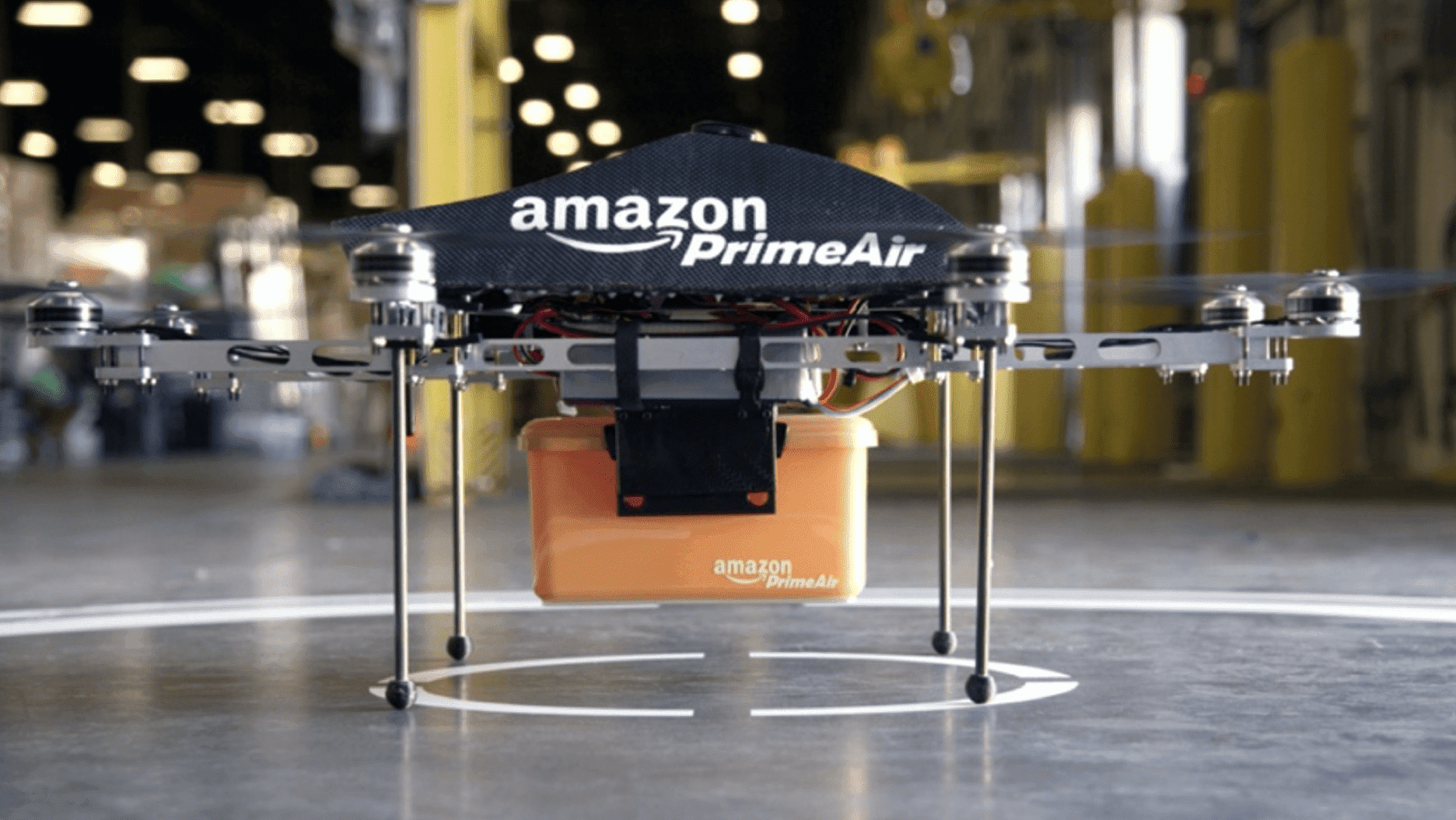
Amazon (1.19) is a constant evolver that understands changing needs and brings e.g. (almost) instant gratification to online ordering with same day delivery and drone delivery experiments.
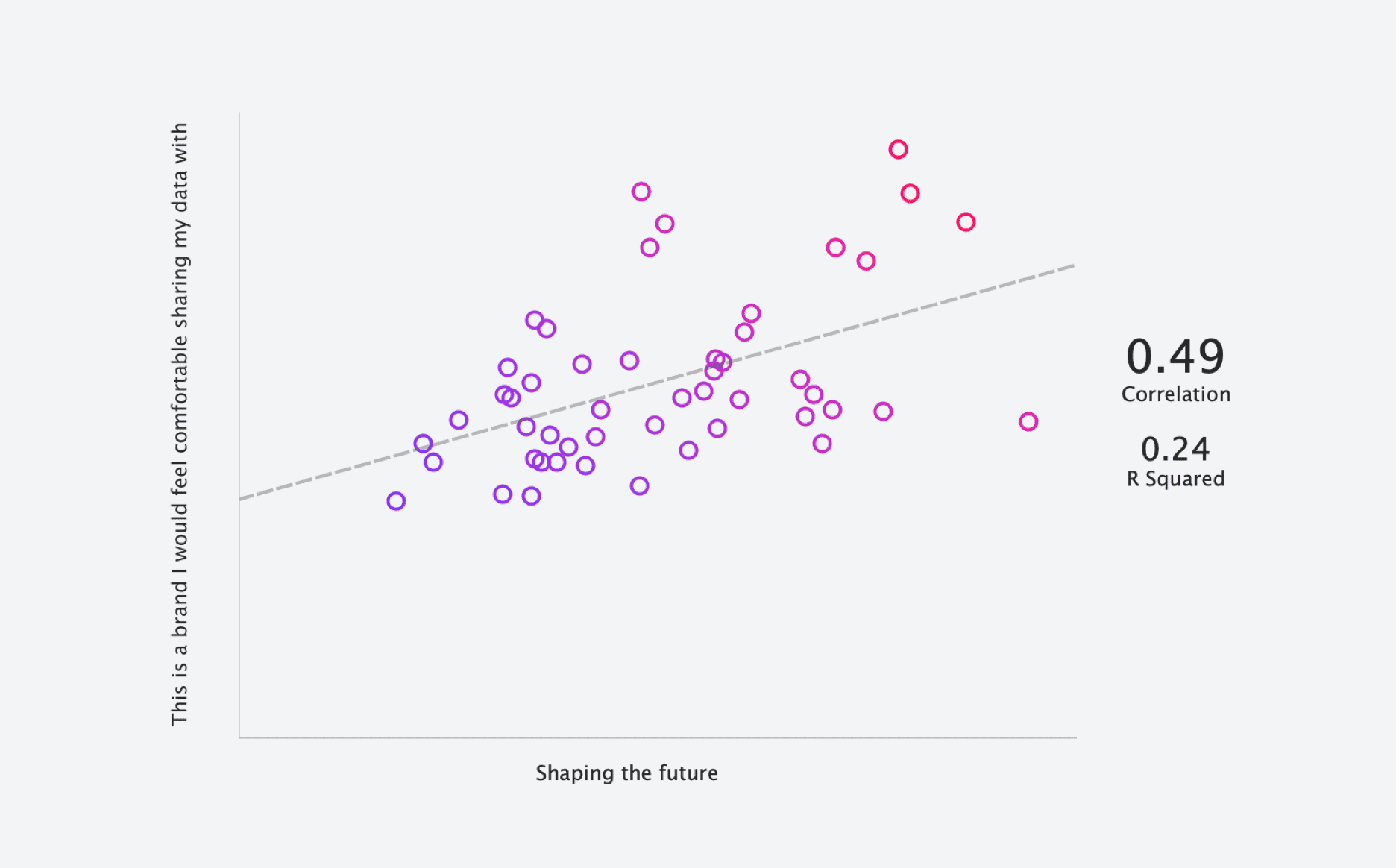
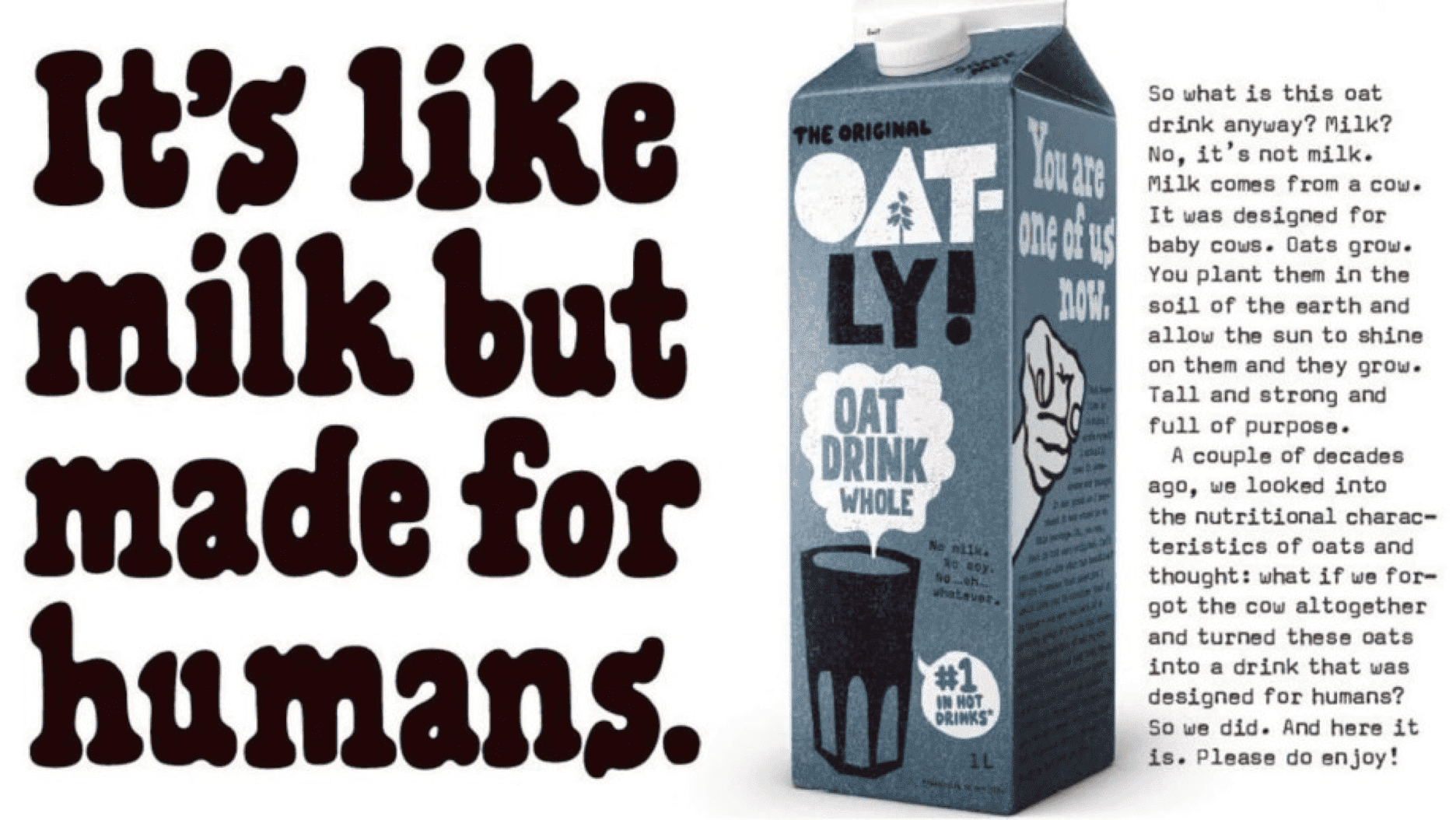
Oatly (0.95), for example, is taking milk to a less meat dependent future and combines it with a charmingly honest and provocative way of communications.
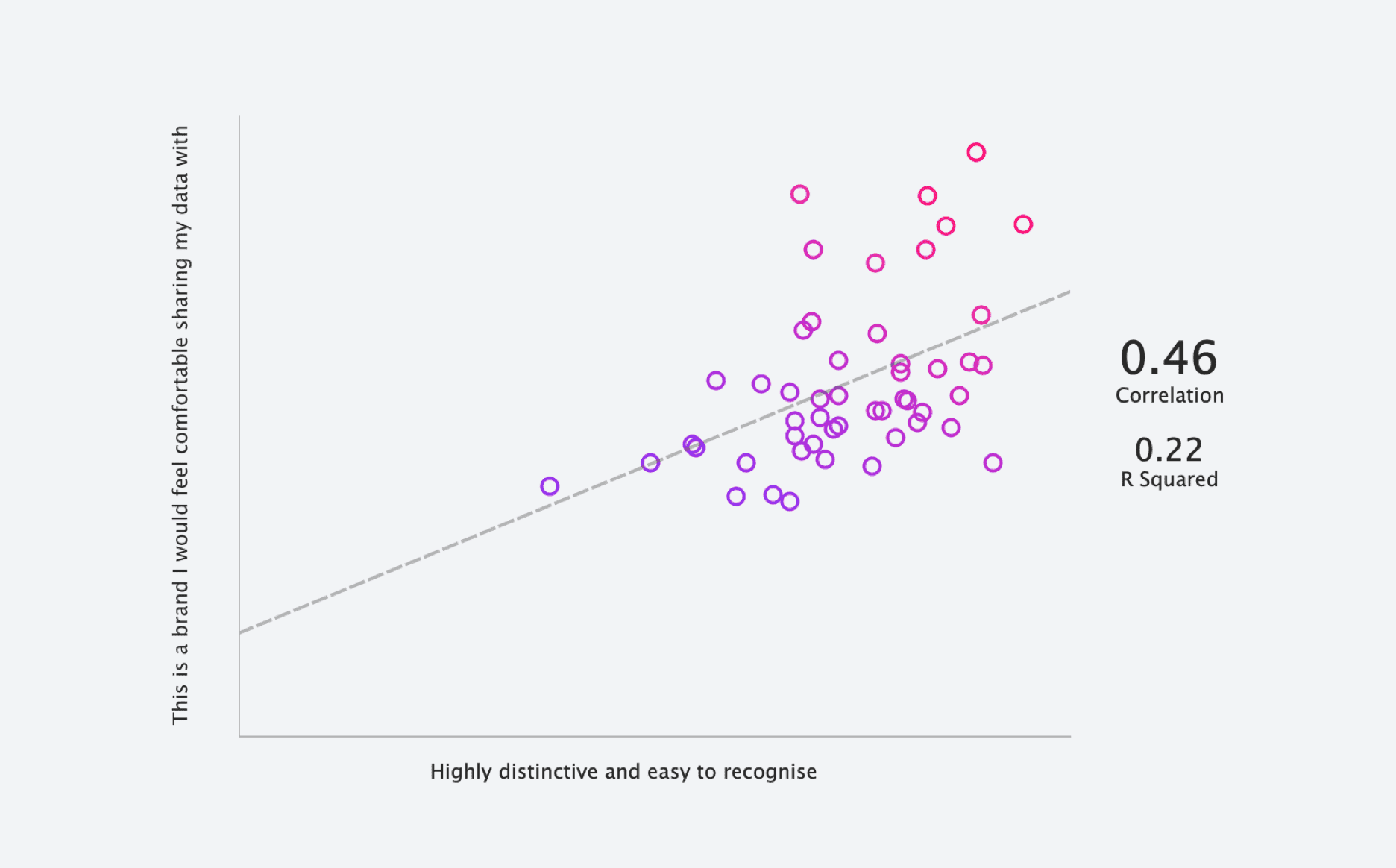

Starbucks (1.34) has managed to institutionalize coffee shops and make the green mermaid logo stand out without need for words.
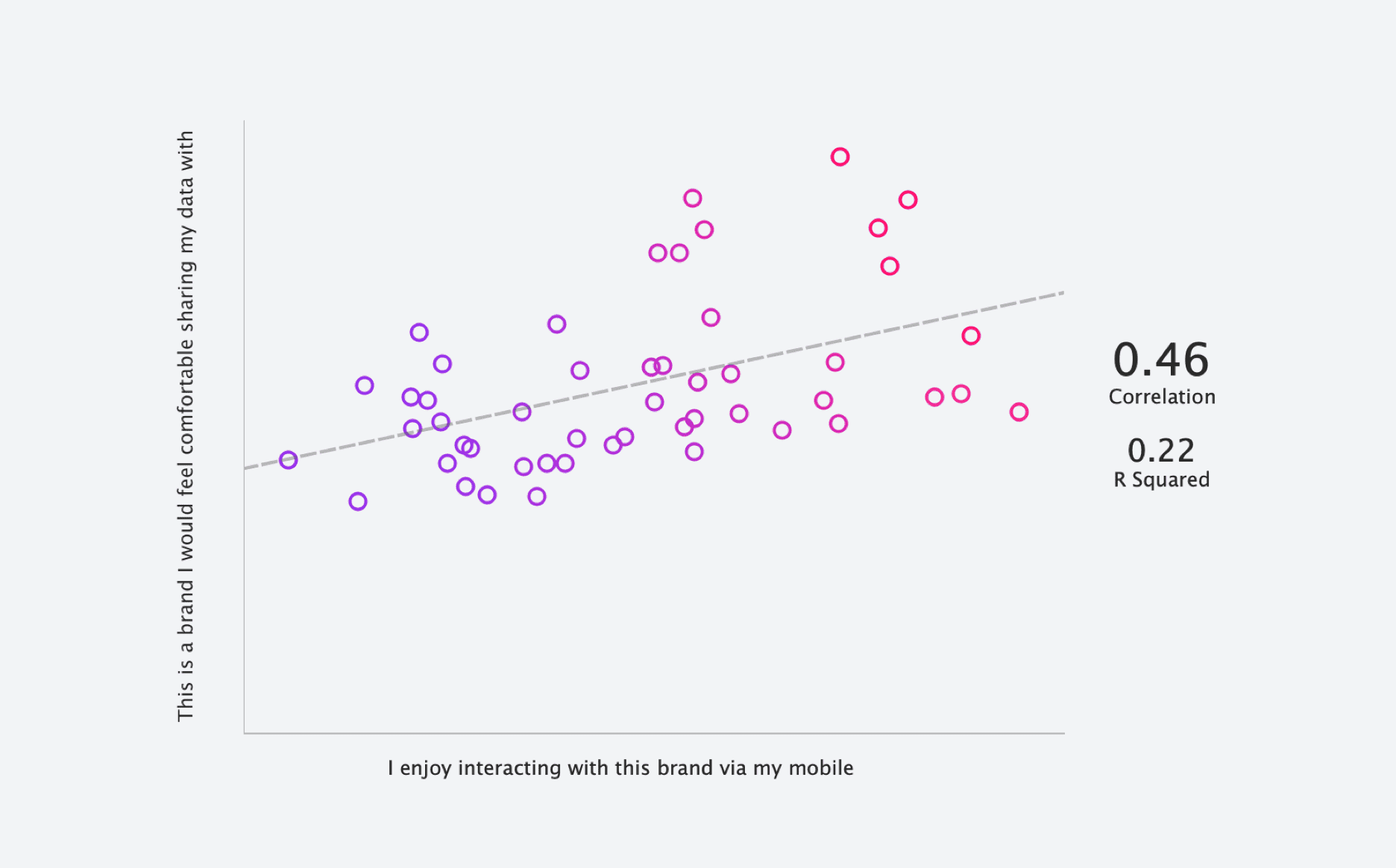
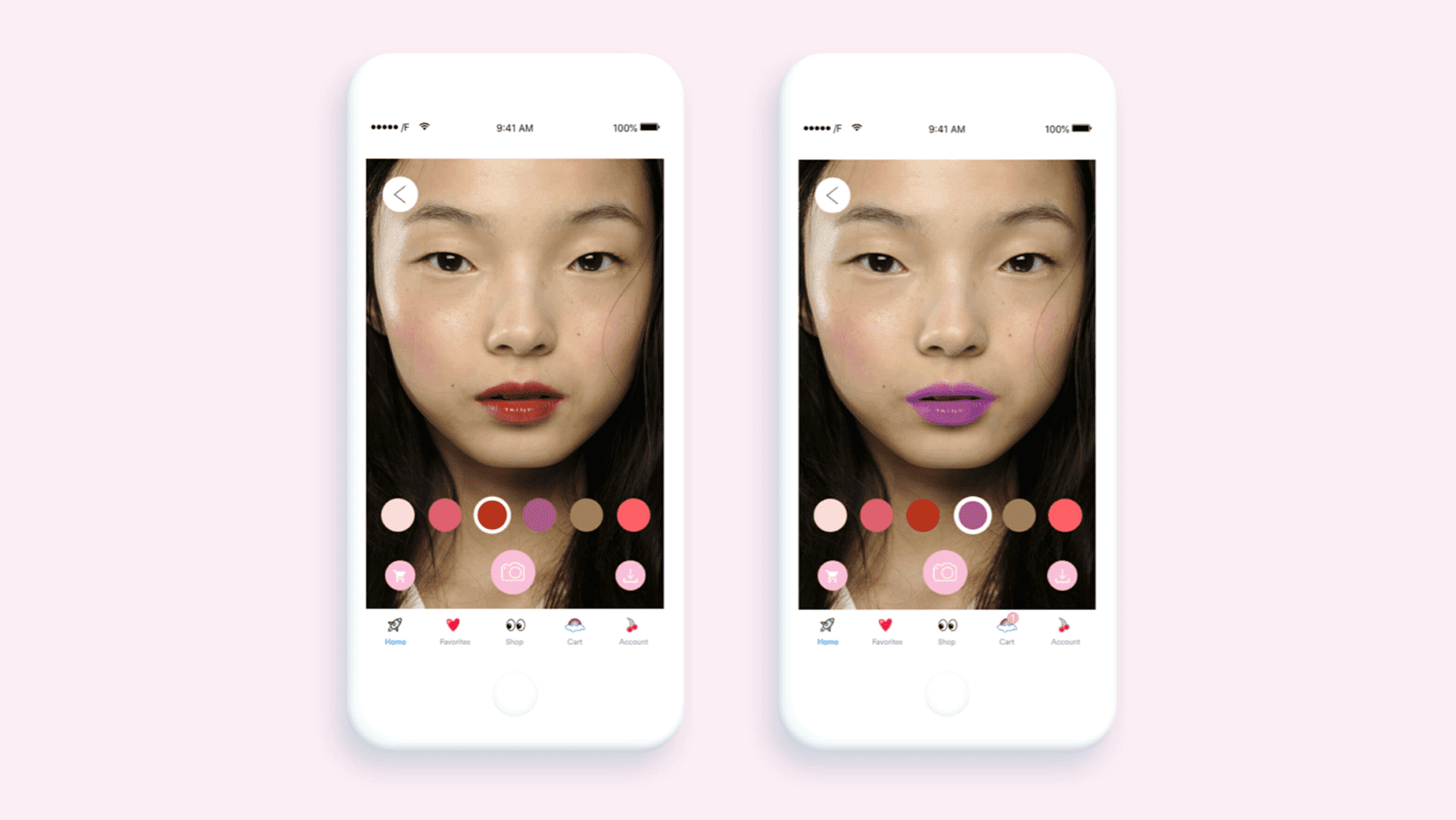
Glossier (0.74) scores high in their mobile experience. Their simple, yet highly relevant color try-out feature satisfies a core need and takes perfect advantage of the mobile context.
Interestingly, the one brand quality that correlated negatively with the willingness to share data was “being endorsed by someone I follow on social media”. So, while influencers no doubt help shape opinions about products and brands, they are not necessarily getting people to trust a brand with their data.
Now, given that correlation does not automatically mean causality, these observations still let us hypothesize that you need to build enjoyable, relevant and impactful experiences that show people who you are as a brand, if you want them to start trusting you and letting you into their life, their entertainment stream, their personal brand, their wallet.
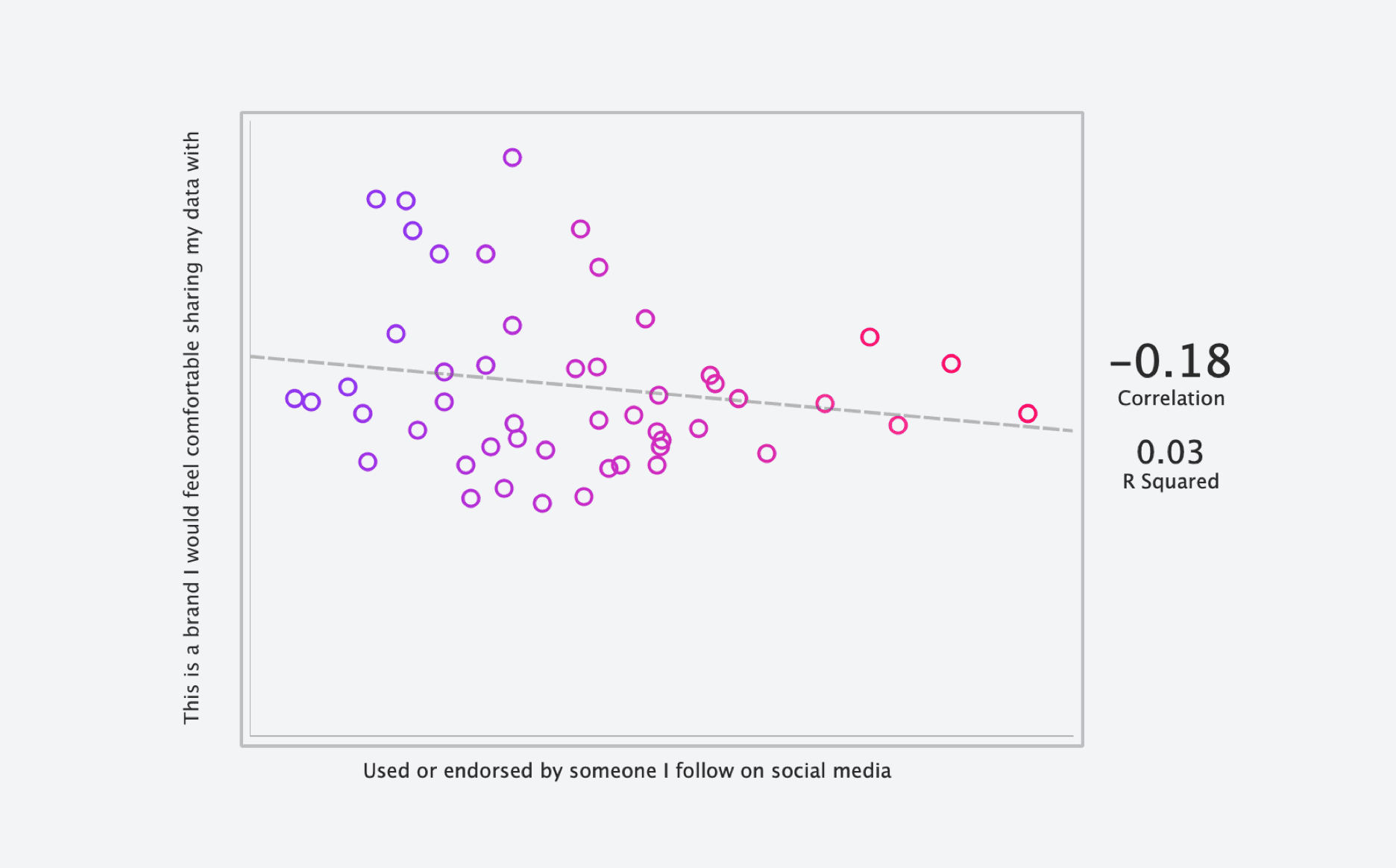
Data sharing + endorsed by influencer
Brands who have succeeded in doing this consistently across all participation brand qualities include brand icons like Apple, Google and Amazon, by being trusted future shapers, but also by providing the value of letting us access a multitude of apps, content and shopping options via our Apple ID, Google or Amazon profiles in a rather headache-free, simple way.
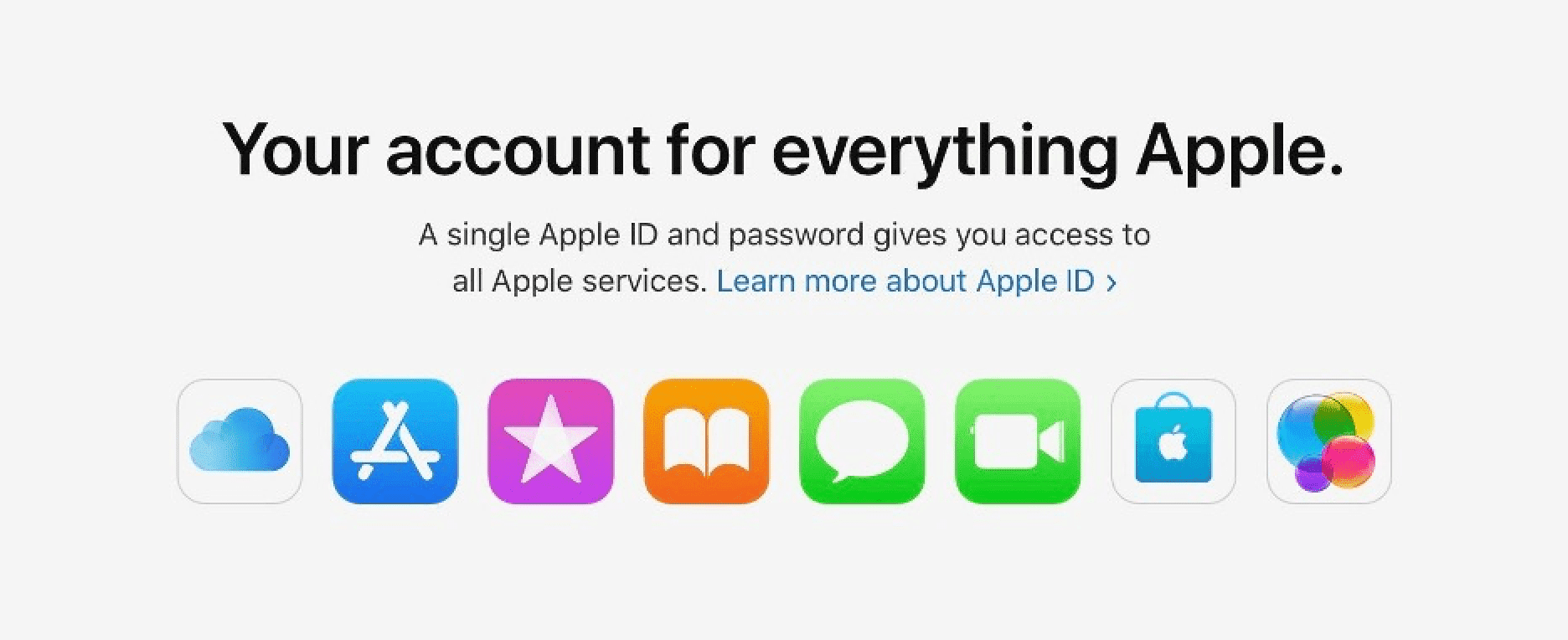
Apple apps with Apple ID sign on
PayPal also ranks highly when it comes to comfort with data sharing. Their ingenious mobile payment solution has seen strong growth in the past year, adding 14.5 million new accounts in Q1 2021 alone. One of the reasons for their success very much seems to be the simplicity of their utility, their transaction protection, the inherent mobility of the experience and having basically built the card-less payment industry.
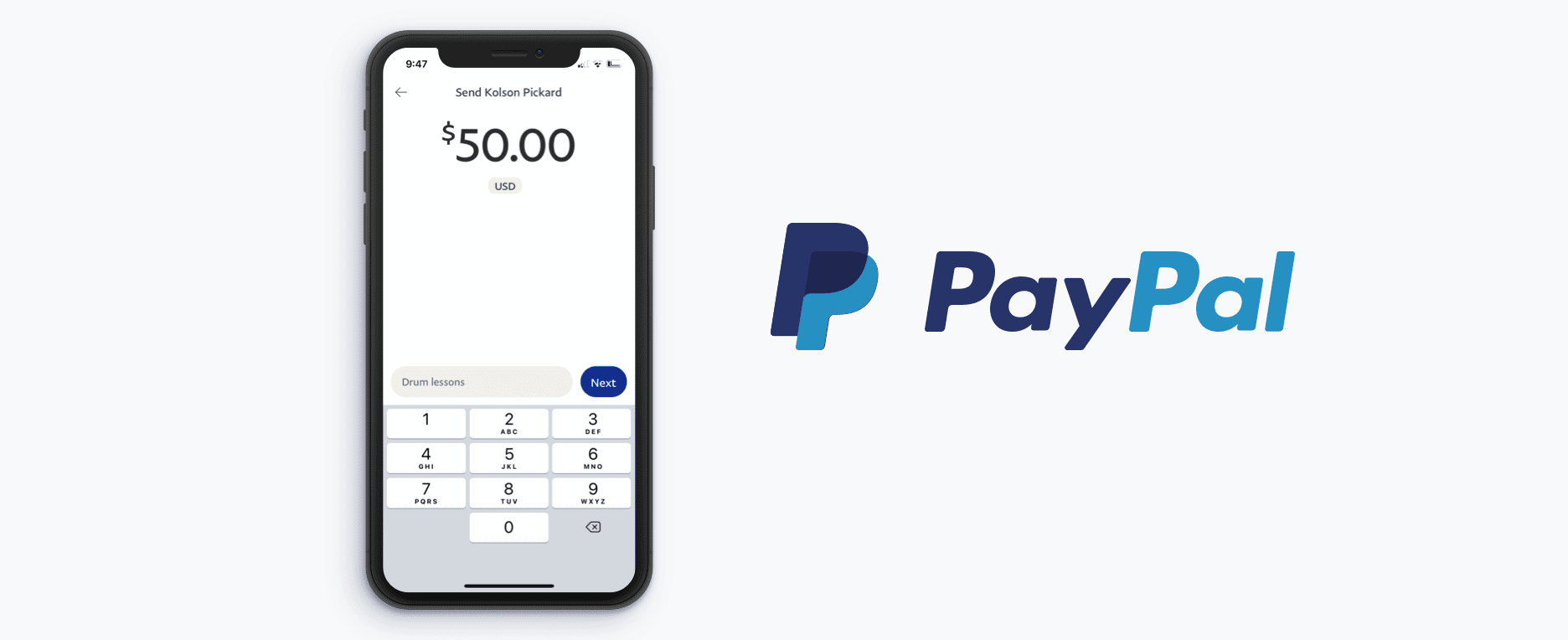
So, what you can take away from these examples?
Ask yourself if your brand is someone, you’d like to have coffee, lunch or dinner with; if that would be an inspiring experience from which you personally benefit.
If the answer is yes, keep doing what you’re doing and make sure people know about it.
If not, talk to peers and experts, take a look at our point of view on Active Participation (insert link https://www.iris-worldwide.com/specialisms/active-participation/) and start building an action plan to turn your brand into an interesting conversationalist.